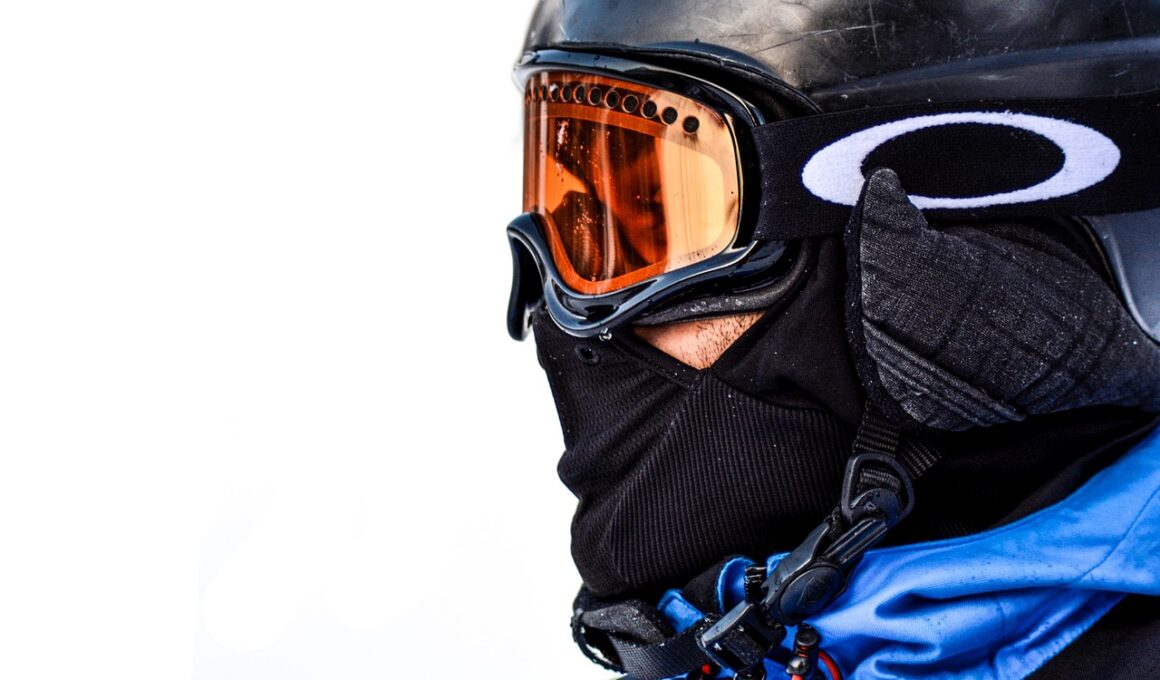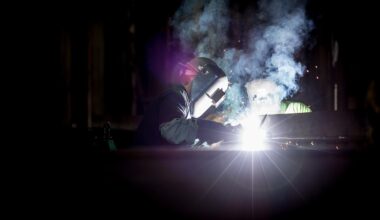Mastering the Basics: Snowboarding Techniques for Newbies
Snowboarding is an exhilarating winter sport that attracts enthusiasts of all ages. For beginners, mastering the basics is essential to develop skills and build confidence on the slopes. The first fundamental aspect to understand is how to properly gear up. Ensure you have the right size snowboard, boots, and bindings that fit your size and skill level. A comfortable fit will make it easier to learn. Additionally, investing in warm and waterproof clothing will help you stay dry and comfortable in winter conditions. Moving on to stance, find your natural foot position. Most riders are either regular (left foot forward) or goofy (right foot forward). A simple test is to slide down a hill on your feet to see which foot feels more natural at the front. Also, practice getting on and off the lifts so you can navigate without fear. Lastly, don’t forget to stretch and warm up before hitting the slopes, as this prevents injuries. Understanding these essentials ensures you begin your snowboarding journey positively and safely, setting the stage for further skill development.
After gearing up, it’s crucial to learn the basic movements in snowboarding. Start on a gentle slope where you can feel more at ease. The first technique to practice is the “falling leaf” method. This consists of traversing across the slope either heel edge or toe edge, which allows you to gain balance and control. Keep your knees bent and your body centered over your board for better stability. To make the most of your practice, try moving to the toe edge and then to the heel edge, alternating your weight as needed. Gradually progress to making slight turns. As you gain proficiency, incorporating linking turns becomes important; practice transitioning smoothly between your heel and toe edges. Remember to focus on engaging your core and using your arms for balance. Mastering these basic moves will significantly enhance your snowboarding confidence. Prioritize practicing each technique consistently until you feel comfortable. Even expert snowboarders began mastering these basics, so be patient and enjoy the process. Consistent practice builds muscle memory and enhances performance on the slopes.
Improving Control and Turns
Once you have grasped your basic movements, it’s time to refine your control and turning techniques. Start by practicing without the pressure of speed. Focus on making shallow, controlled turns. To perform a turn, initiate by looking in the direction you want to go. Shift your weight gently onto your front foot and rotate your shoulders in the same direction. This will prompt your board to follow your gaze, creating a smooth arc. As you turn, deepen your knees to grip the edge of the board effectively. Remember to keep your weight centered over the board. Practice making both front-side and backside turns; this balance is crucial. As you improve, gradually increase the steepness of the slope and speed on flat areas. Always take time to rest and reflect on your progress. Snowboarding is not just about speed; it’s about controlling your ride. Keeping a positive mindset during practice can result in faster progress, and remember to embrace the learning curve associated with new techniques. Allow yourself room to make mistakes and learn from them as well.
Another essential aspect of snowboarding is mastering stops. Controlling your speed is vital for safety and comfort on the slopes. A reliable technique to stop is known as the “heel edge stop”. To perform it, gradually shift your weight back onto your heels while maintaining a strong and stable posture. As you apply more pressure on the heel edge, your snowboard will dig into the snow and effectively bring you to a halt. Make sure to practice stopping from various speeds and slopes, as this will prepare you for situations that require quick stops. Also, becoming familiar with other stopping techniques like the “toe edge stop” can diversify your skills. As you become more comfortable, experiment with combining stops with turns, which builds your overall control. Identify and familiarize yourself with the terrain of the slopes you ride on, ensuring that the area you practice is safe and manageable. By practicing stops early in your snowboarding journey, you will build a solid foundation that enhances riding confidence and handling various slopes with ease and precision.
Navigating Different Terrain
As your snowboarding techniques improve, experimenting with different terrains is an exciting next step. Each type of terrain presents its own unique challenges and experiences. Begin with gentle runs that have a consistent snow surface and fewer obstacles. This will help build your confidence in tackling various snow conditions. Once you feel comfortable, try moving towards slightly steeper slopes or runs with gentle bumps. Start small as you learn to adjust your riding style; this will develop your adaptability on the board. When encountering powder snow, lean back slightly to maintain buoyancy, which allows your board to glide smoothly without getting stuck. Additionally, practice carving more expansive turns in open spaces to learn how to manage speed and direction. Remember that transitioning from groomed runs to off-piste conditions requires additional skills, including understanding how to read the snow and terrain. Always scout your route before attempting any challenging features or drops. Taking variations in terrain allows for an enriched riding experience and aids in overcoming fear and anxiety associated with new riding environments.
In addition to mastering the techniques, maintaining safety is paramount while snowboarding. Always wear appropriate safety gear, including a helmet, wrist guards, and knee pads, as they significantly reduce the risk of injuries. Remember to stay hydrated and nourished for optimal performance on the slopes. Keep an eye on the weather conditions and ensure your skills match the grade of the slope you plan to ride. It’s crucial to understand that snow conditions can change rapidly, altering your riding experience. Prioritize awareness of your surroundings, including other riders and obstacles. Respect ski resort rules and boundaries, as this ensures a safe experience for all. Additionally, consider taking a lesson from a trained instructor. They can offer guidance tailored to your skills and help correct any bad habits early on. Lastly, ride with friends; this not only creates enjoyable experiences but also enhances safety in case of falls or emergencies. Snowboarding should be enjoyable, so remember to have fun and embrace the excitement of learning; every run on the slopes is a chance to improve your skills!
Progressing to Advanced Techniques
As you gain proficiency in basic techniques, it’s time to explore advanced strategies that can transform your riding. Progressing in snowboarding means trying tricks, jumps, and even riding switch (with your non-dominant foot forward). Before attempting these advanced techniques, ensure that you’ve mastered the foundational skills. Practice jumping first with simple small hops off flat terrain or gentle mounds; familiarize yourself with landing and shifting weight on the board appropriately. When feeling confident, try out small boxes and rails in terrain parks. Always analyze and watch how experienced riders execute these tricks. They can provide valuable insights into techniques, timing, and body movements necessary for success. Use online tutorials or instructional videos as another resource for mastering advanced maneuvers. However, remember that progression comes with practice and patience. Celebrate small victories and be cautious in attempting new tricks to avoid injuries. Snowboarding is a journey, so enjoy the ride as you work towards perfecting your style and discovering exhilarating new techniques, making the most of each winter season spent on the slopes.
As winter sports enthusiasts know, snowboarding embraces the spirit of adventure and exploration. The key to mastering snowboarding lies within practice, patience, and dedication. Take each lesson and learning experience as a stepping stone towards improvement. Document your progress and set realistic goals for each snowboarding session, which can help maintain motivation. Collaborating with fellow riders can also encourage personal growth and provide new perspectives. Remember to consistently challenge yourself as you develop techniques and try different terrains. Lastly, enjoy the breathtaking experiences while acknowledging that mistakes are essential to mastering the art of snowboarding. Nobody masters it on the first try; the goal is not perfection but improvement and gaining a deeper appreciation for the sport itself. Through all the ups and downs, snowboarding can be a joyous experience enriched by fun, friendship, and breathtaking winter landscapes. Embrace your journey, and nurture your passion for snowboarding. With time, perseverance, and commitment, you will find yourself riding with confidence, enjoying many thrilling experiences and achievements on the slopes for seasons to come.


